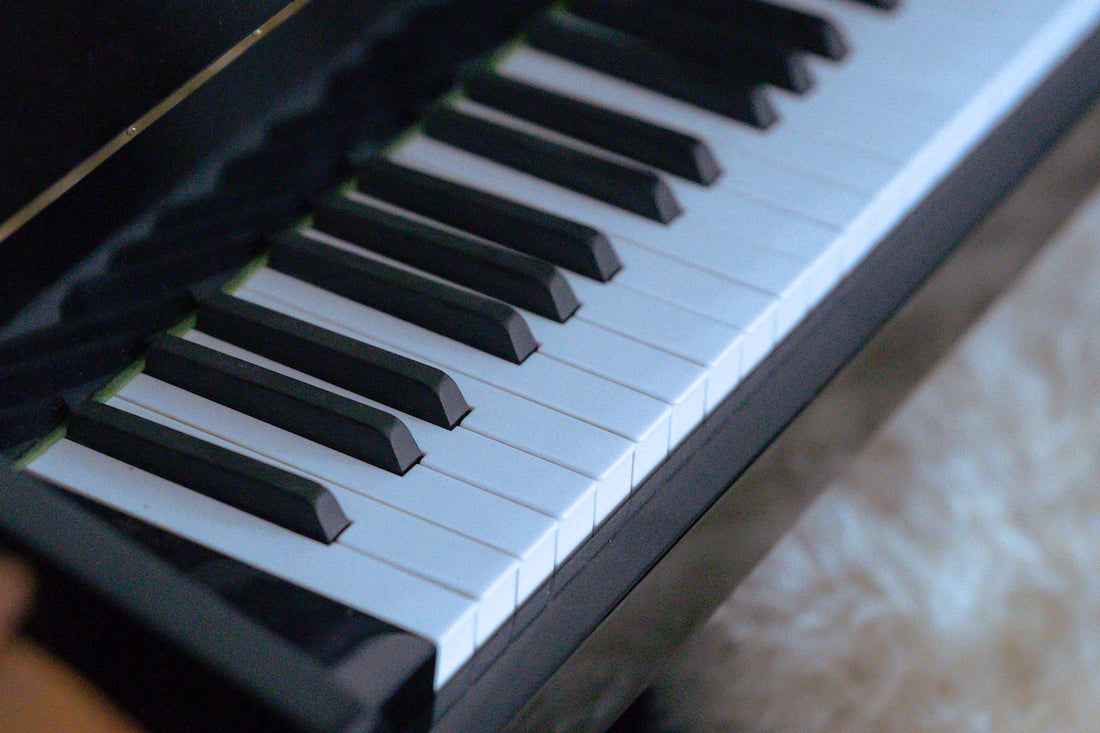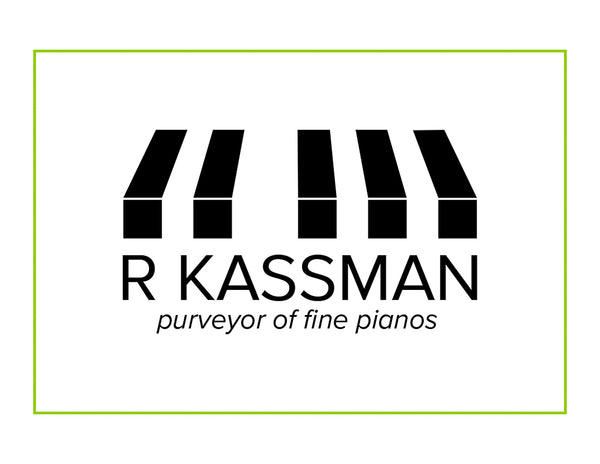
The Sound of Craftsmanship: An Inside Look at the Making of European Pianos
European pianos are revered worldwide for their unmatched quality, captivating tonal depth, and extraordinary artistry. Each instrument is meticulously crafted, embodying a rich heritage of time-honored techniques and passionate dedication to musical excellence. These finely-tuned masterpieces symbolize the pinnacle of piano craftsmanship, enchanting listeners with their unparalleled soundscapes. As you venture into the world of European pianos, a sense of wonder and intrigue arises, beckoning a closer look into the intricate processes and painstaking detail involved in the creation of these emblematic instruments.
In this blog post, we delve into the enchanting realm of European piano craftsmanship, exploring the materials, techniques, and various stages of production that shape these exceptional instruments. Join us as we unveil the myriad of factors that contribute to the European piano's transcendent sound quality, exquisite design, and timeless artistry. By uncovering the expertise, precision, and dedication involved in the making of European pianos, we foster a deeper appreciation for these instruments and their esteemed creators.
Exquisite Materials: The Building Blocks of Sound
The foundation of every stellar European piano lies in its premium materials, carefully sourced, and selected to impart a rich and nuanced sound quality. From the finest spruce soundboards to the meticulously crafted hammers, European pianos showcase a symphony of materials that come together to create their renowned tonal character.
Soundboards, which play a critical role in the piano's resonance and sustain, are crafted from high-quality spruce with straight, uniform grain patterns for optimal vibrational properties. Hammers, responsible for striking the piano strings, are assembled using premium wool felt, which influences the instrument's tonal color.
The selection of only the finest materials underscores the uncompromising commitment to quality that sets European pianos apart, paving the way for their superlative performance capabilities.
Precision Production Techniques: The Intersection of Art and Science
European piano manufacturers have spent centuries refining their production techniques to achieve the highest levels of precision and attention to detail in every instrument. State-of-the-art machinery permits exactitude in cutting, shaping, and assembling components, while skilled artisans carry on time-honored traditions of handcrafting intricate elements such as the piano action, where even the slightest misalignment can impact playability and tonal quality.
Many European pianos feature a unique soundboard design, which tapers in thickness across its surface, allowing for greater resonance and tonal control. Additionally, various brands employ proprietary methods, which contribute to their distinct musical identities.
By combining cutting-edge technology with an unwavering dedication to traditional craftsmanship, European piano manufacturers continue to push boundaries, ensuring their instruments remain the benchmark for excellence in the world of music.
Stages of Production: The Evolution of an Instrument
The making of a European piano is a meticulous and intricate process, involving numerous stages of production to create an instrument worthy of admiration. From the early stages of wood conditioning and frame casting to the final stages of stringing, tuning, and voicing, every step builds toward the creation of an instrument with unparalleled tonal qualities and performance capabilities.
Wood conditioning is of particular importance, as the proper drying and seasoning of materials ensure stability and longevity in the final instrument. Frame casting follows, forming the backbone of the piano, which supports the immense string tension. Meticulous sanding, finishing, and polishing of the piano's casework and hardware contribute to the instrument's aesthetic beauty and enduring elegance.
The latter stages of production involve the careful assembly of the piano action, stringing, and tuning, which breathe life into the instrument. Expert technicians voice each piano, ensuring a consistent and harmonious sound that resonates with the brand's signature tonal character.
Testing and Inspection: The Pursuit of Perfection
Before leaving the workshop, a European piano undergoes extensive testing and inspection to ensure it meets the highest standards of quality and performance. Specialized technicians play test the instruments, meticulously inspecting and adjusting components to deliver an even and responsive touch, as well as a well-balanced sound.
The inspection process leaves no stone unturned, from verifying the structural integrity of the piano's frame, soundboard, and bridges, to examining the condition of strings, hammers, and dampers. Once the instrument passes these rigorous evaluations, it earns its place in the esteemed world of European pianos, prepared to inspire musicians and listeners alike for generations to come.
Conclusion:
European piano craftsmanship represents the pinnacle of dedication, expertise, and unwavering pursuit of perfection. By understanding the intricate details, materials, and production techniques behind the creation of these remarkable instruments, we gain a profound appreciation for their exceptional quality and performance, appreciating the magnificent artistry they bring to the world of music.
At RKassman, we are proud to be purveyors of the finest European pianos available on the market today, steadfast in our mission to elevate the art of music through instruments imbued with unparalleled craftsmanship. Our team of experts is dedicated to helping musicians and music lovers alike find the perfect piano to suit their needs, guiding them through every step of the process to ensure that they make an informed decision. Contact us today to schedule a visit and discover the perfect piano for your needs!
